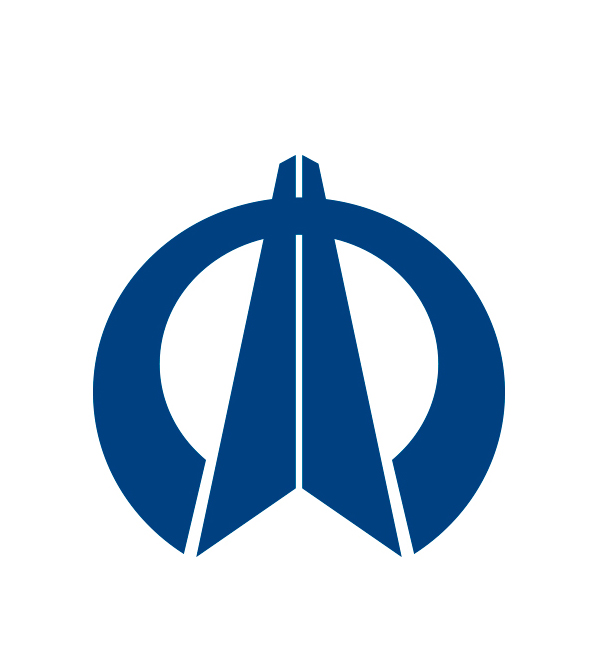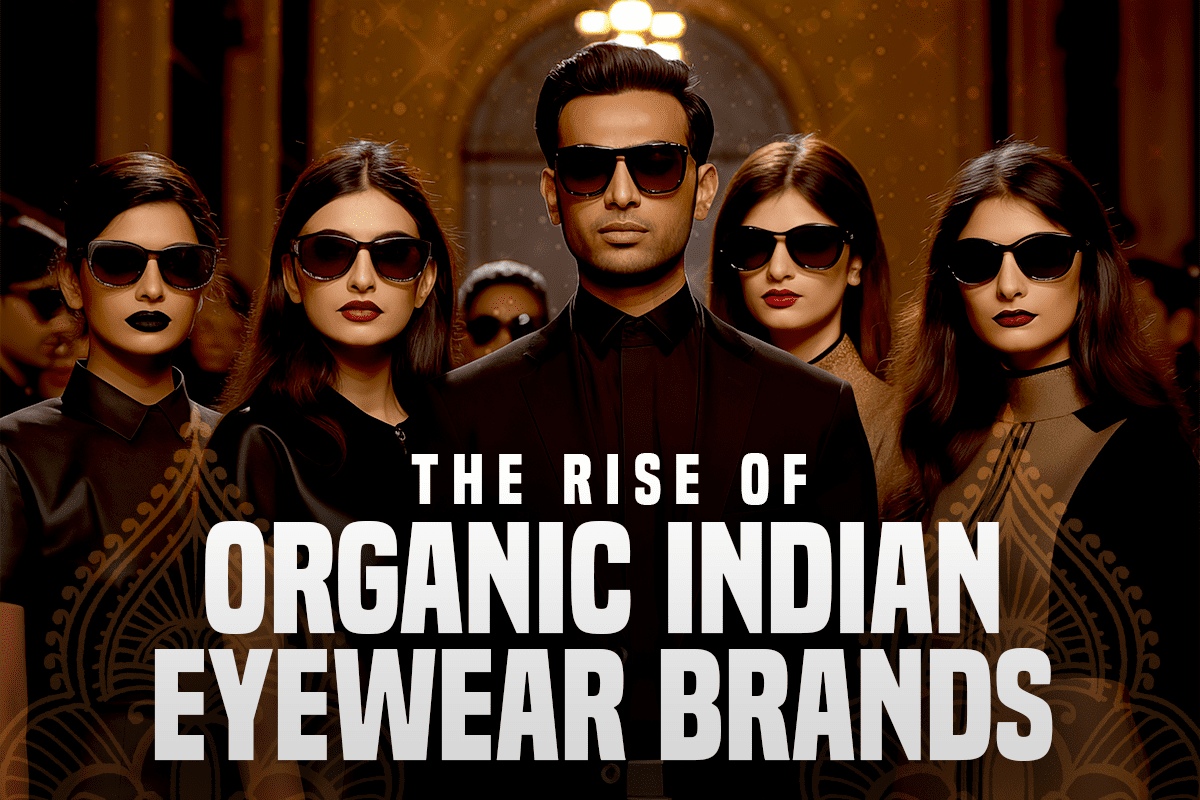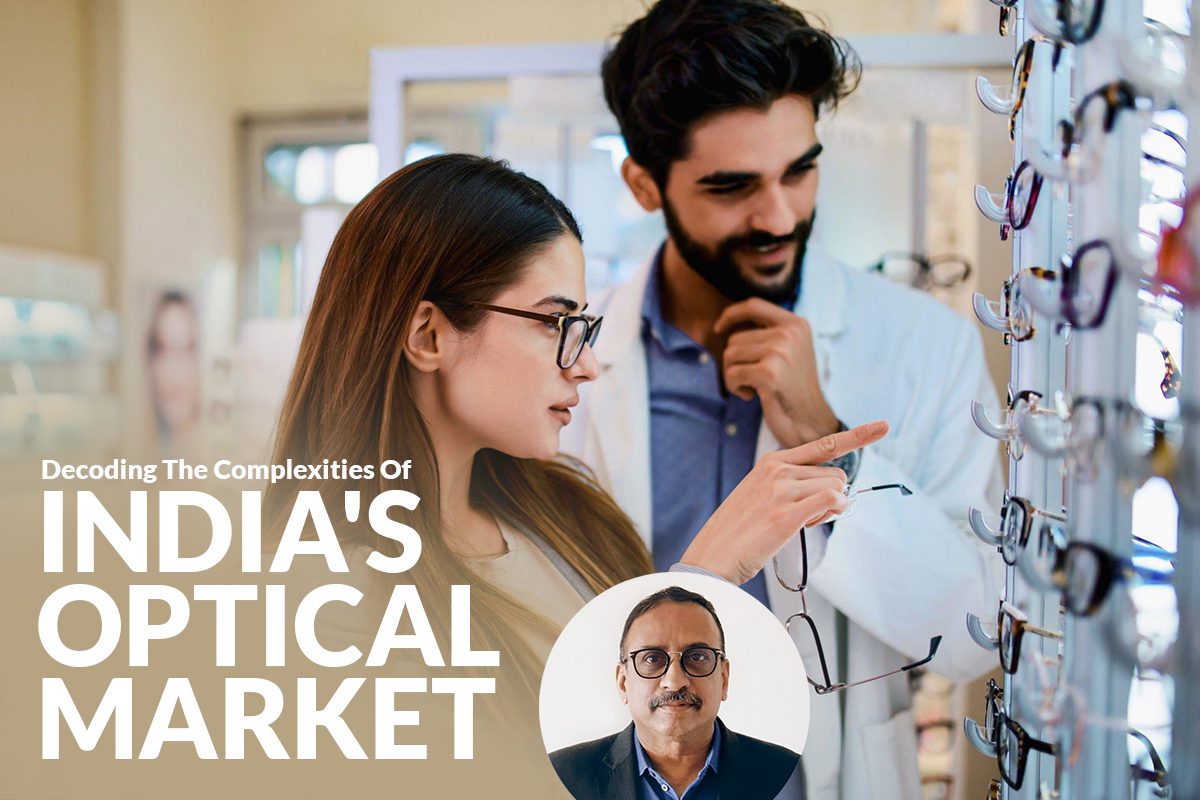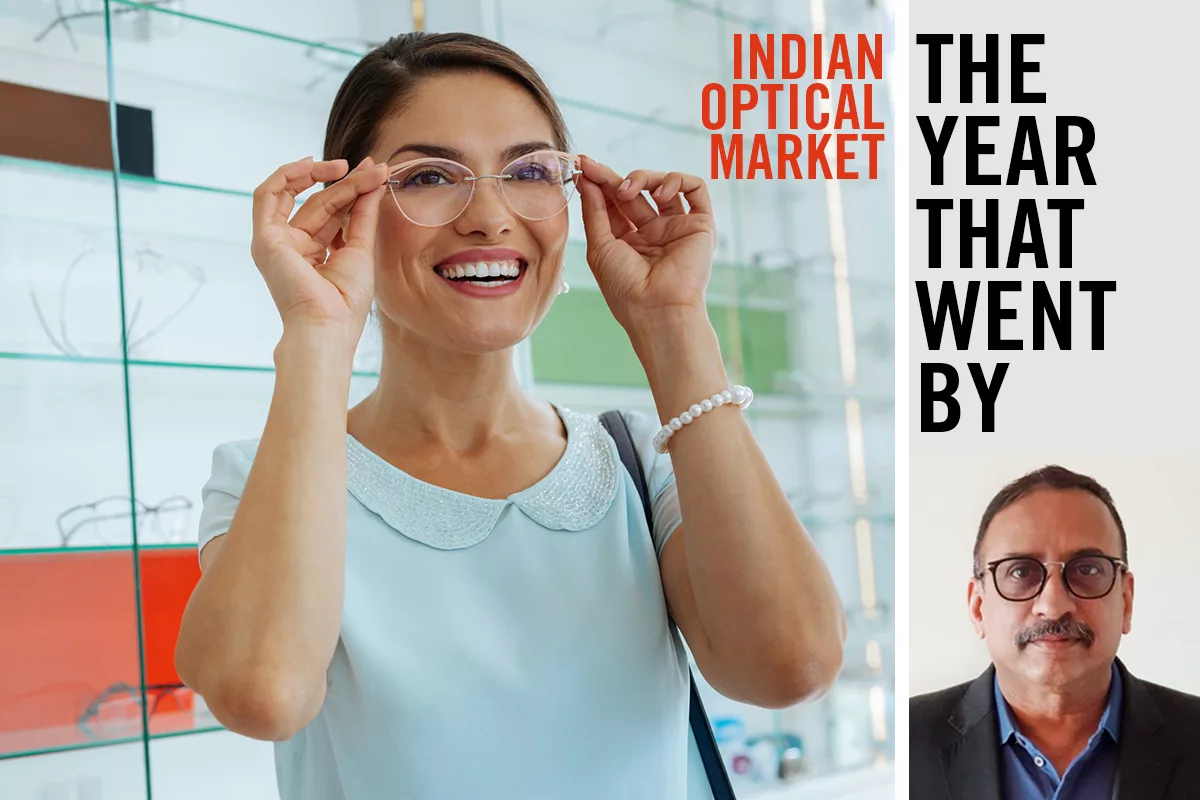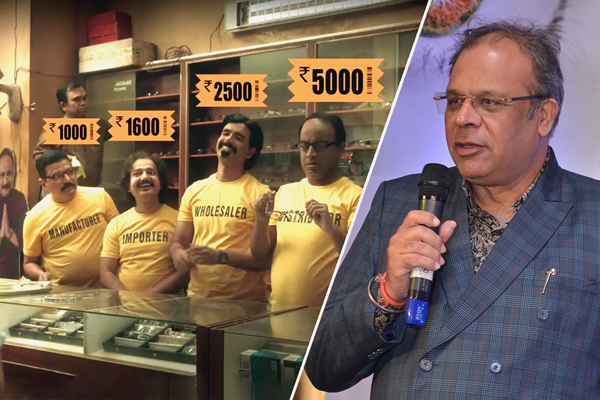The unrivaled quality of Sabae’s eyewear products have made them increasingly popular among discerning celebrities around the globe. Many of the companies here are already displaying their collection across international trade fairs like MIDO, SILMO, VISION EXPO etc. but it is still to gain global recognition
Japan, the country ranked first in the country brand index by future brands, is known worldwide for quality and craftsmanship in products. The city of Sabae in Fukui Prefecture carries forth this Japanese legacy of perfection in the domain of eyeglass frame production. In fact, this place holds the distinction of being one of the major production sites in Japan that has survived for more than a century and continues to grow stronger. Often referred to as the birthplace of titanium frames, Sabae city is currently responsible for more than 96 percent of the total frames made in the country.
In the optical products however, it’s surprising that no significant Japanese brand of frames, sunglasses or lenses is popular in the global market. Charmant is perhaps the only brand owning company of Japan that is popular in the international market with brands like Elle, Esprit, etc. which again is of mid range indicating that the country does not have much to contribute in premium category.
This is indeed surprising especially since Japan is a sought after outsourcing destination for various brands across the globe that make use of Japanese craftsmanship for their advantage. Almost all big companies like Luxottica, Safilo, Marchon, etc and even Luxury Brands like Maybach, Sama, Dita, etc outsource the making of their high end luxury eyewear products to the units in Sabae city in Japan because of the country’s reputation to stay committed to high standards of quality.
The History
Sabae’s cold harsh winters were the motivation to initiate the optical industry in the region when its founder, Masunaga Gozaemon, the councillor at that time realised the need for an alternative source of income that would sustain the economy in the months when agriculture could not be practiced. In the initial years, Masunaga managed to import the knowledge and skill required from Osaka and Tokyo where it was already an established industry and later on worked towards building a stronger identity.
Building its own optical culture
Eyeglass frames are being manufactured in Sabae since 1905. What started off as a side business pursued by farmers in off-season has now evolved into one of the world’s most sought after production sites for eyewear brands. The industry received a major boost during the economic growth experienced by Japan after World War-II.
Sabae city houses the expertise to manufacture everything, from the frame and lens to even optical instruments. An insight into this city reveals that the optical industry in the country has around 5000 workers employed by around 250 entrepreneurs but each of them are skilled to do whatever they are supposed and entrusted to do. It is the division of work and the coordination that guarantees the impeccable quality in the final stage.
In line with the Japanese tradition, each set of people or each unit of manufacturing specialises in undertaking a limited number of processes of a product and not the whole manufacturing of it. Japanese believe that this division lets them improvise the craft they are good at. This tradition is so ingrained in them that it leads to a strong cooperation among different units only to excel in production instead of competition! Therefore, a frame manufacturing company may source most of the parts like screws, hinges, temples or even frontal from different units operating in its neighbourhood to bring out the final end product.
Sabae: The optical industry zone
Like every industry has a special zone for itself in every country Sabae has been developed as the optical industry zone in Japan. It’s interesting to learn how they work, with different parts and processes being made in different units and assembled in yet another unit to come out as the final product, be it a frame or a sunglass! So the whole industry works as a combined unit, each company focusing on purely their specialisation, like plating or hinges and making constant improvements in one specific activity. The cooperation and dependence on each other in a group of unit owners is something extremely unique to the way the optical industry works in Sabae.
The birthplace of titanium frames
In the 1980s, Sabae craftsmen were the first in the world to develop the technology for producing frames using light but sturdy titanium that contribute majorly to the evolution of optical trade. When talking about the Japanese optical industry, a mention about its Titanium frames is always important. The optical world at large understands that Japan has taken the manufacturing of titanium products to the highest level that no other country can compete with. This uniqueness is now being extended to other precious metals like gold and silver as well. However, due to its lower risk of causing allergies when compared to metal frames, titanium frames continue to be a preferred choice.
The way forward
Ranked as tenth highest populated country, Japan in itself is a large market for optical products and so far they seemed quite content with addressing the local demands itself. Another issue bothering the eyewear industry is the decreasing Japanese population. The dynamism that they show in promoting and marketing their Automobile or electronic products will soon be seen in the optical industry. But, now the industry is keen to initiate a new chapter with more recognition for its talent as well as products.
In spite of the extensive variety, impressive design and impeccable standards of quality, the products manufactured in Sabae are yet to reach the hands of international customers in as much volume as it deserves which is surprising. The optical industry of Japan is just waking up to see the potential of its products going international under their own brand names with the help of their own trade association – Fukui Optical Association and the support of the government body – Jetro (Japan External Trade organisation). Even the Mayor of Sabae city, Hyakuo Makino, has been aggressively helping the trade associations to promote the optical trade in the region. Given this situation, they are aggressively undertaking initiatives that will help them publicise their products in international markets across the globe.
The trade associations which look into the business aspect of the optical manufacturing community are working hard to change this aspect and contemplating to create and promote Japan’s own brands for the consumption in the international market. As a first step in this direction it is planning to participate in the coming edition of Vision X (Dubai) to introduce some of their new designs specially created keeping in mind the taste and trend of the Middle Eastern market.

